How to Use Leave-In Conditioner for All Hair Types



Brittany Leitner
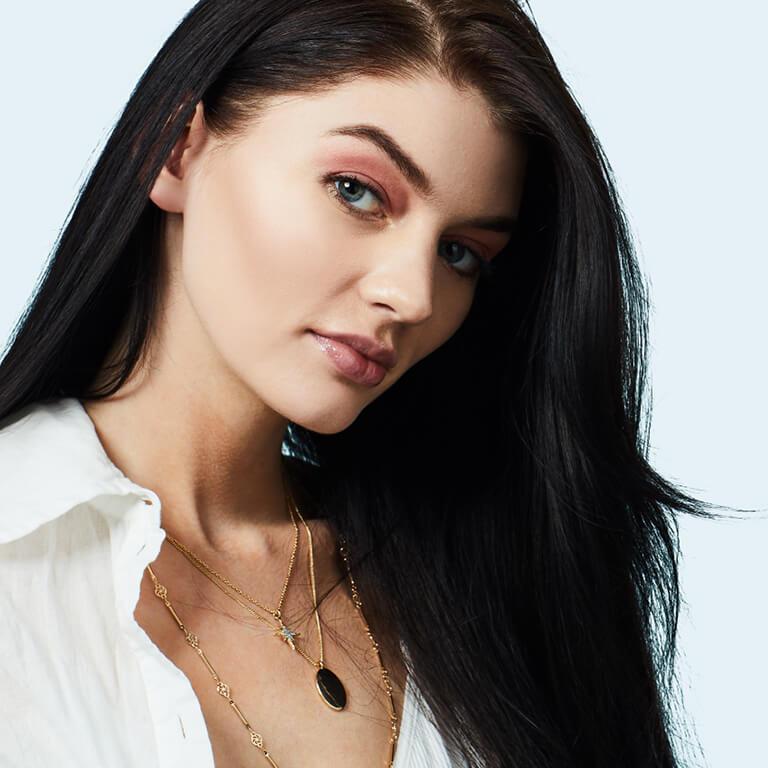

Beauty products with similar names can be so confusing. Like, what’s the difference between leave-in conditioner and just regular conditioner? You may be able to guess that one stays in longer than the other (hopefully), but beyond that, how often should you be using leave-in conditioner specifically? This product is designed to lock in moisture and keep hair silky, soft, and balanced, so it’s the perfect weapon for when your hair needs a bit of TLC or when you’re looking for a quick way to pamper yourself. Here’s everything you need to know about adopting the product into your routine, as told by hair care specialist Philip B.


It's about glam time you treated yourself.
MEET THE EXPERT
Philip B is a hair stylist and hair care expert. He’s also the founder of Philip B Haircare.
Your Step-by-Step Guide to Using Leave-In Conditioner
“Leave-in conditioner will hydrate, soften, and nourish hair. It helps detangle kinky curly hair, but it is ideal for all curls, not just ethnic hair and not just the ends,” explains Philip B. But before we get into a step-by-step guide, we need to talk about the different types of hair porosity levels.
What Is Hair Porosity Level, and How Do I Find Mine?
There are three primary levels of porosity: low, medium, and high. Porosity level is mainly determined by genetics, heat usage, and other environmental factors. To test your hair porosity, place a strand of clean hair in a glass of water and look for the following outcomes:
If your hair remains floating at the top of the glass, you have low-porosity hair.
If your hair floats down to somewhere in the middle, you likely have medium-porosity hair.
And if your hair sinks to the bottom of the glass, you have high-porosity hair.
Characteristics of Low-Porosity Hair
Low-porosity hair is pretty common. Characteristics include a sealed cuticle, which creates strands that can get heavy or oily. This kind of hair is also susceptible to product build-up because it’s hard for water to penetrate the hair shaft. (When water does penetrate the cuticle, it takes a long time to dry!)
Characteristics of Medium-Porosity Hair
Medium-porosity hair is hair that has a healthy, open cuticle that absorbs what it needs and therefore remains hydrated. If you have this hair type, it’s a bit more straightforward to maintain. Slather some leave-in conditioner onto your damp hair, and it’ll suck it right up.
Characteristics of High-Porosity Hair
High-porosity hair has a wide-open cuticle. This means that while moisture can enter the cuticle easily, it can exit just as quickly. This kind of hair gets wet fast, and it can get tangled, dry, and dull if it’s not maintained correctly.
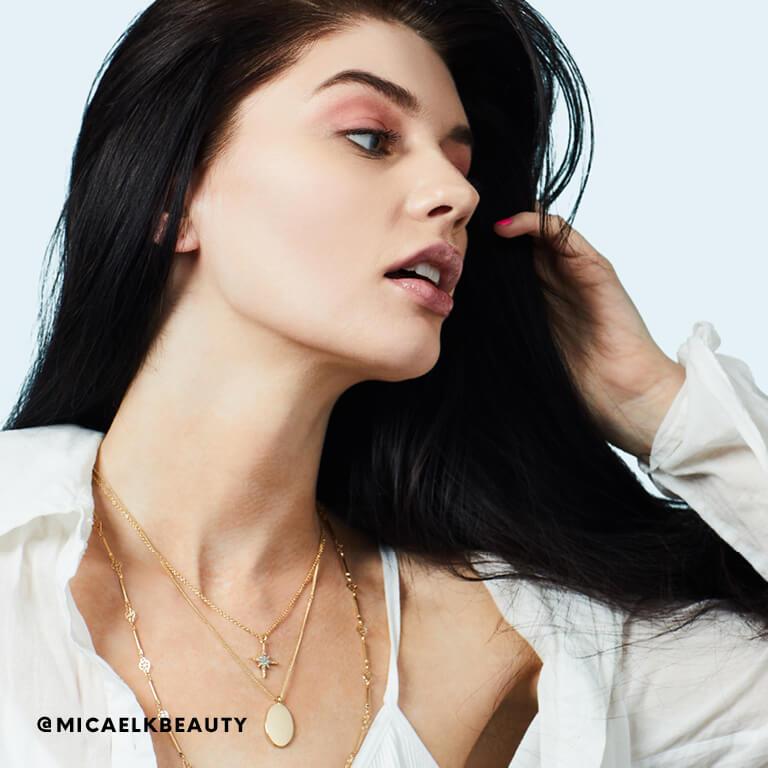

What’s the Best Leave-In Conditioner for Me?
You’ve figured out your hair type and you’re ready to get conditioning. But wait—how do you know which product is right for you? We’ll break it down for you below. But remember, according to Philip B, you’ll want to use a leave-in conditioner every time you wash your hair. “Washing daily is not necessary,” he says. “But leave-in conditioner every time you wash, is.”
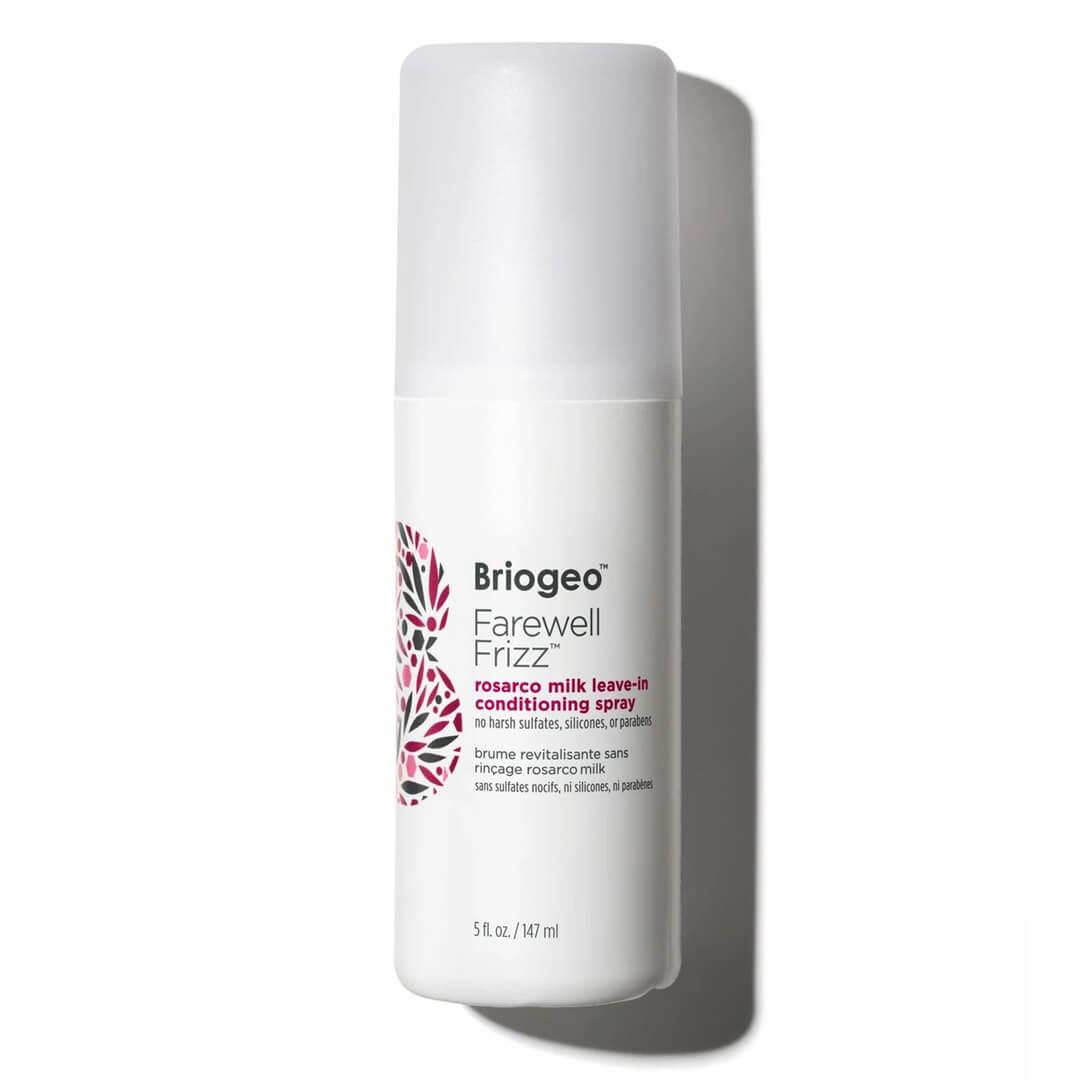

If You Have...Low-Porosity Hair
You want to avoid anything too heavy with this hair type, since it will weigh the hair down. A spray-in leave-in conditioner, like BRIOGEO HAIR CARE Farewell Frizz™ Rosarco Milk Leave-In Conditioning Spray, is best for smoothing the hair cuticle without making your strands limp. Ideal for use on damp hair, this leave-in conditioner smooths frizz and flyaways while also slathering hair with a moisturizing, protective layer. If the crazy conditioning effects weren't enough, you’ll also love the light, delicious smell.
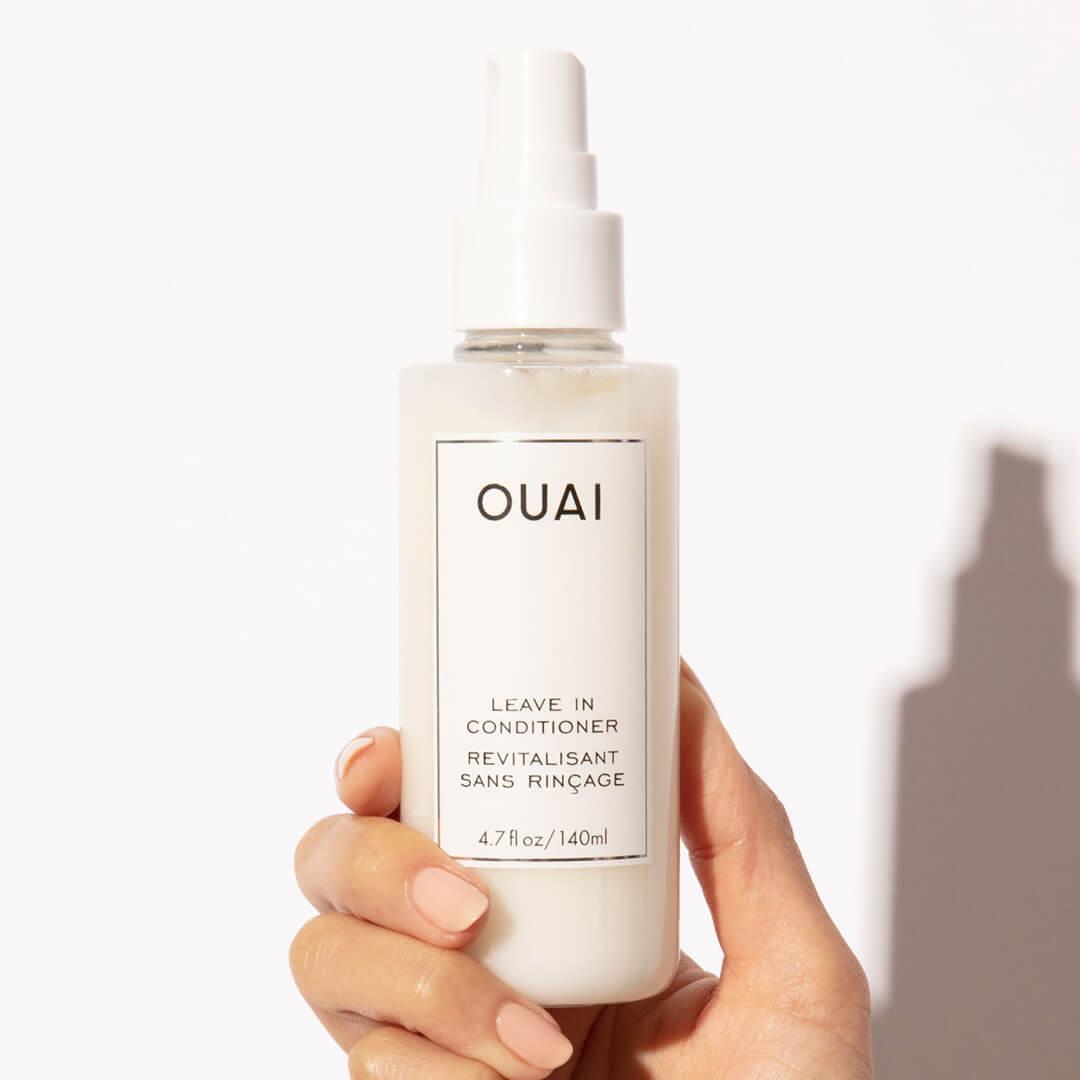

If You Have...Medium-Porosity Hair
Medium-porosity hair is generally healthy but can be prone to being weighed down, so it’s best to use a leave-in conditioner that’s not too heavy. We love OUAI Leave-In Conditioner for a product that keeps styled, colored, or heat-treated hair shiny, healthy, and manageable. This light mist calms frizz, protects hair from heat, and provides a barrier against environmental stressors like pollution and UV rays

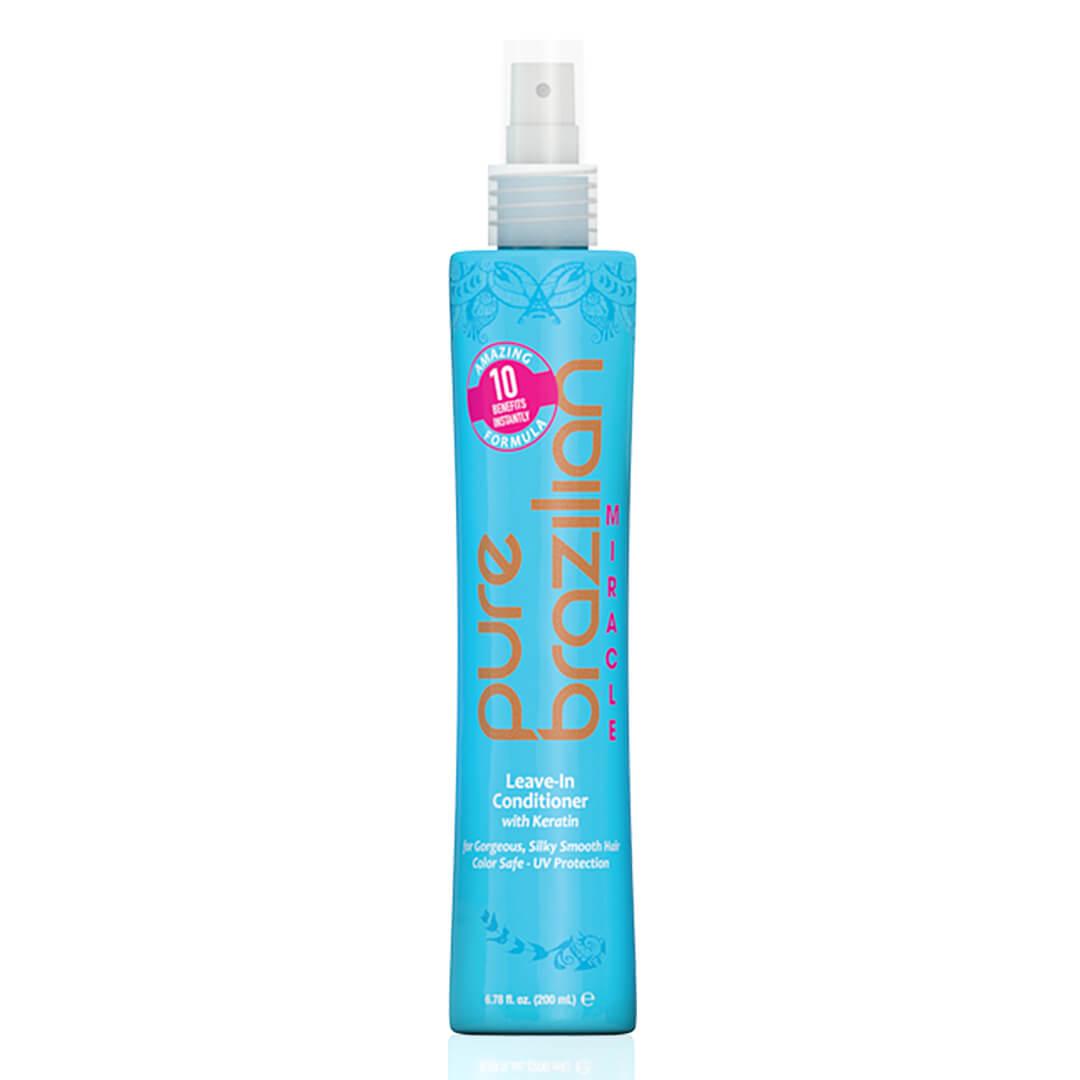
If You Have...High-Porosity Hair
If you have high-porosity hair, you want a leave-in conditioner that has added proteins and hydration to fortify hair. One great product for this is PURE BRAZILIAN Miracle Leave-In Conditioner. Ideal for creating soft, bouncy, moisturized strands, this lightweight formula includes keratin and other protective proteins to leave your hair smooth and manageable.
How to Use Leave-In Conditioner, According to Your Hair Porosity
Here’s a step-by-step hair care regimen that will enhance the look and feel of your strands, no matter what your hair type might be.
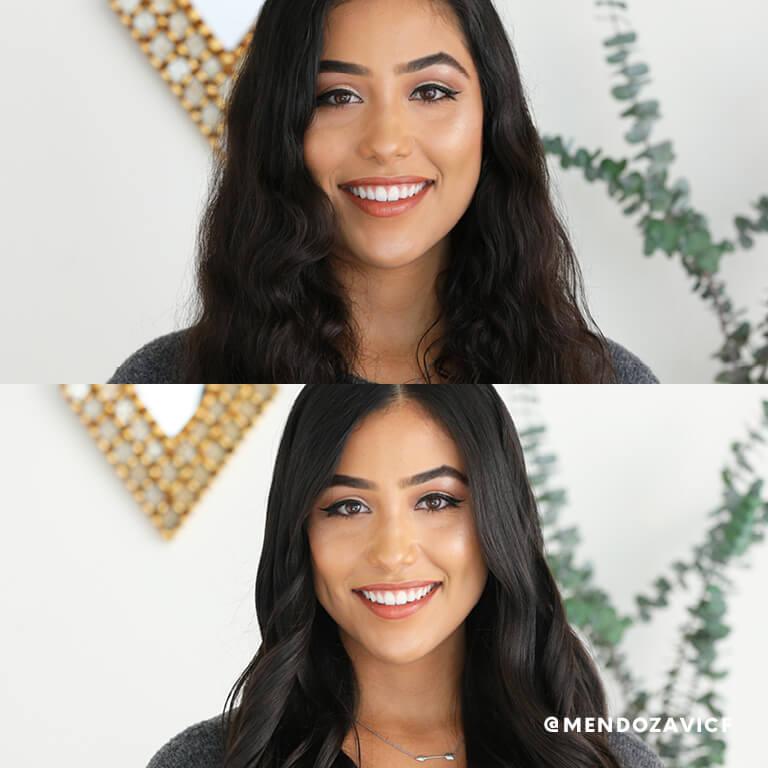

If You Have...Low-Porosity Hair
Use leave-in conditioners one to two times a month with a clarifying shampoo. For best results, use a clarifying shampoo, which ensures you remove any of the excess oil or product build-up that’s common with this hair type. Here’s how:
Use warm water to rinse your hair. This helps open up the cuticle as much as possible.
Apply conditioner from the bottom of your hair up to the roots, avoiding the scalp, right after you shower. (You can use this product on dry or wet hair, but note that it will work best on wet for low-porosity.)
Dry and style your hair as desired.
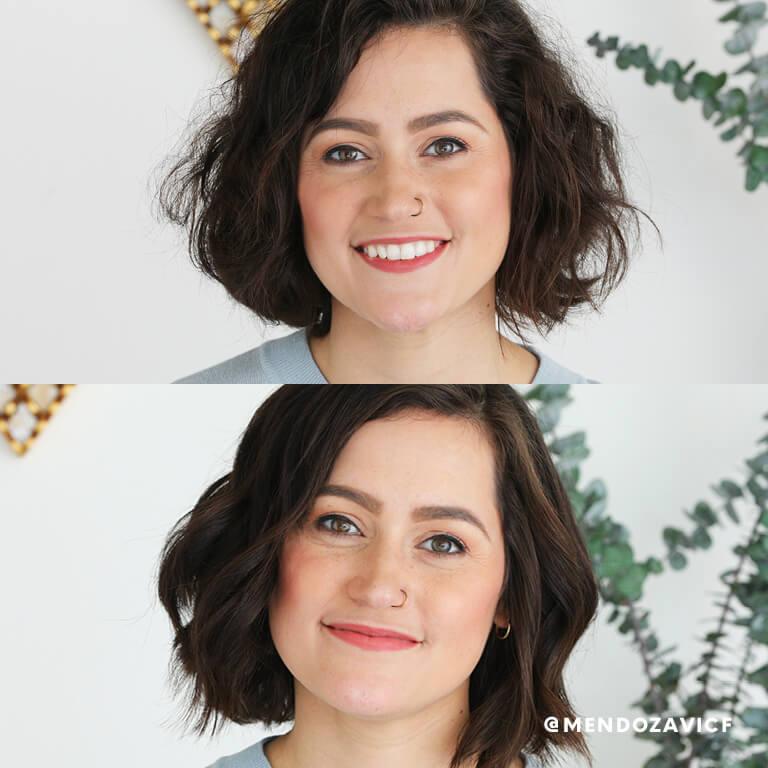

If You Have...Medium-Porosity Hair
Since medium-porosity hair is so absorbent, you don’t need to use warm water to open up the cuticle. You just need to make sure your hair is damp. Here’s how to apply conditioner:
Apply leave-in conditioner to strands from the bottom up, avoiding the scalp area.
Air- or blow-dry your hair as usual!
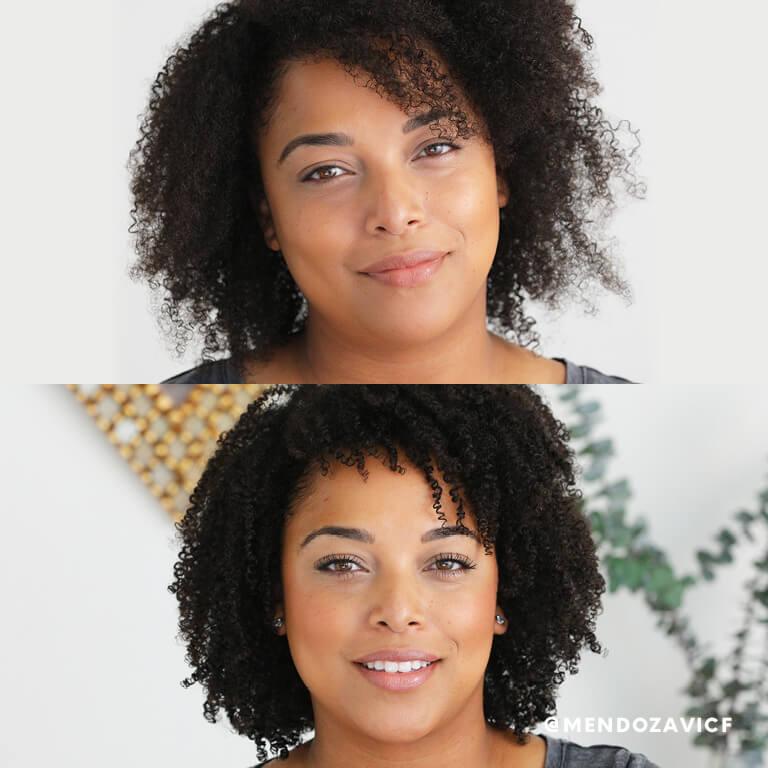

If You Have...High-Porosity Hair
High-porosity hair loves leave-in shampoo. For best results, apply on wet hair after shampooing and conditioning. Use as much as you can for maximum absorption.
Apply leave-in conditioner from the bottom of the hair going up. You can apply up to roots, but it’s best to avoid the scalp if you’re prone to oily strands.
Finish with butters, oils, and gels to boost hydration.
Dry your hair and style it if you’d like. If you’re using a hairdryer, use a very low temperature. If you have curly hair, use a diffuser.
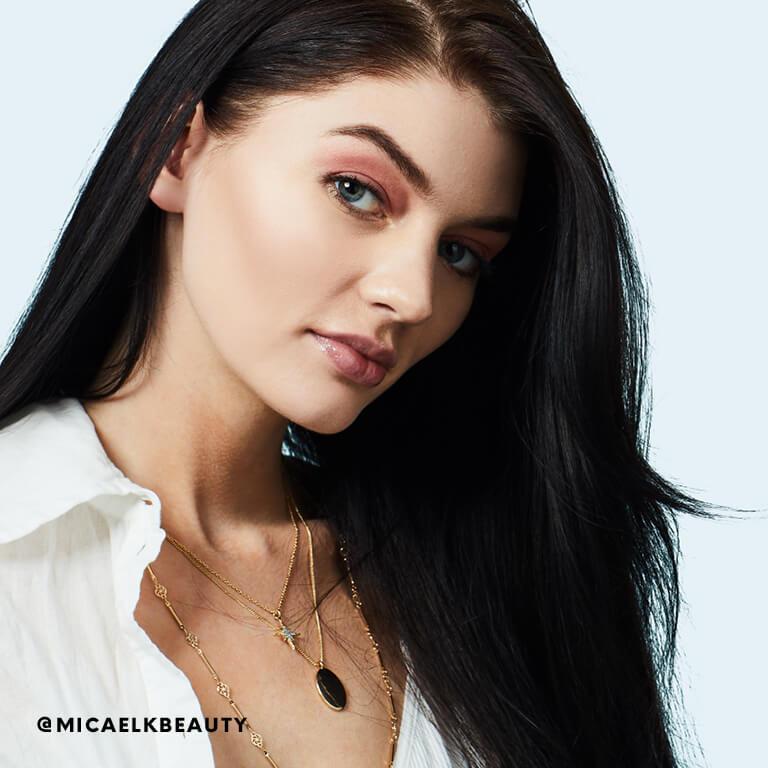

The Benefits of Leave-In Conditioner
What’s the difference between standard and leave-in conditioner? It’s pretty simple. Regular conditioner gets rinsed out after you use it. Leave-in conditioner, on the other hand, is formulated to be left in your hair after you wash it. It coats and absorbs into the strands for a healthy, lustrous look.
Leave-in conditioner has a whole host of benefits, regardless of your hair type. Leave-in conditioner not only moisturizes dry or unruly hair for a smooth, silky appearance, but it also detangles and strengthens your hair to make styling easier. Whether you live in a city or in a rural area, leave-in conditioner protects your hair from pollution, environmental damage, the sun, and heat. Using a leave-in conditioner properly also adds shine to color-treated hair and helps decrease frizz.
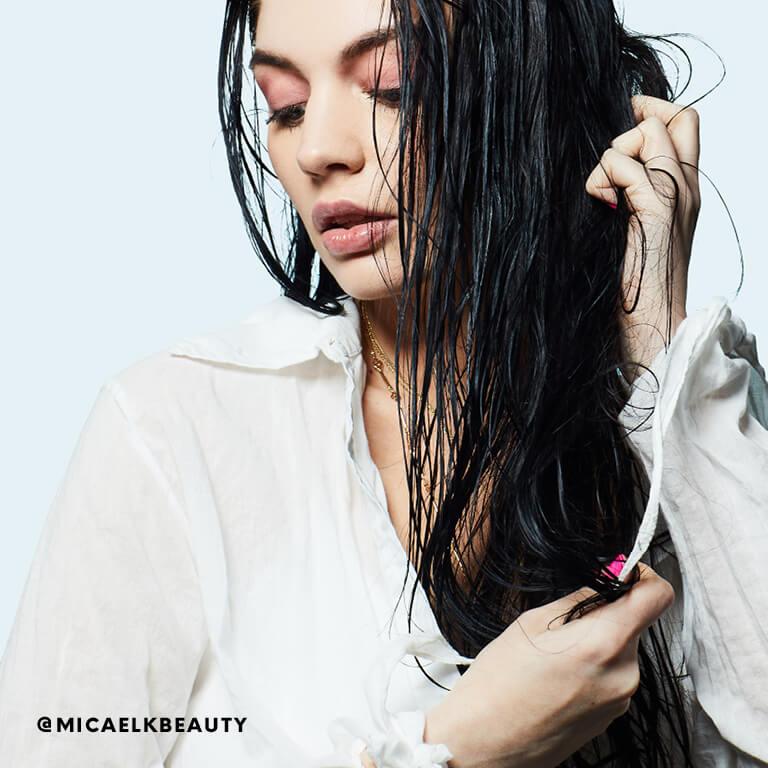

So, Should I Use Leave-In Conditioner?
Long story short: Yes! Every hair type can benefit from a leave-in conditioner. Think of it like drinking water, but for your hair. While not all leave-in conditioners are formulated the same way, there’s something for all hair types: frizzy hair, damaged hair, fine hair, thick and coarse hair, and more.
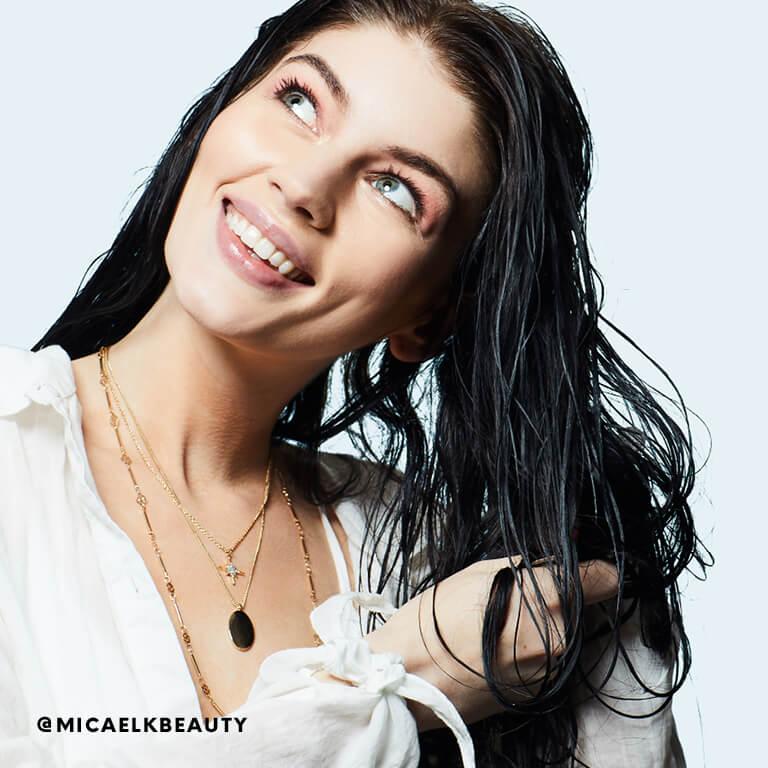

Leave-in conditioner is a power tool for all hair types. Ideal for smoothing out frizzy, dry, or damaged hair, and keeping your locks silky, leave-in conditioner will quickly become one of the best secrets in your beauty toolbox.
Want in on all the IPSY Glam Bag fun? Take our Beauty Quiz now to get started. Already an Ipster? Refer your friends to earn points, which you can use toward products. Either way, don’t forget to check us out on Instagram and Twitter @IPSY.
Like this article? Share it with your friends by clicking the icons below!
Liked this post? Share!
Related Stories
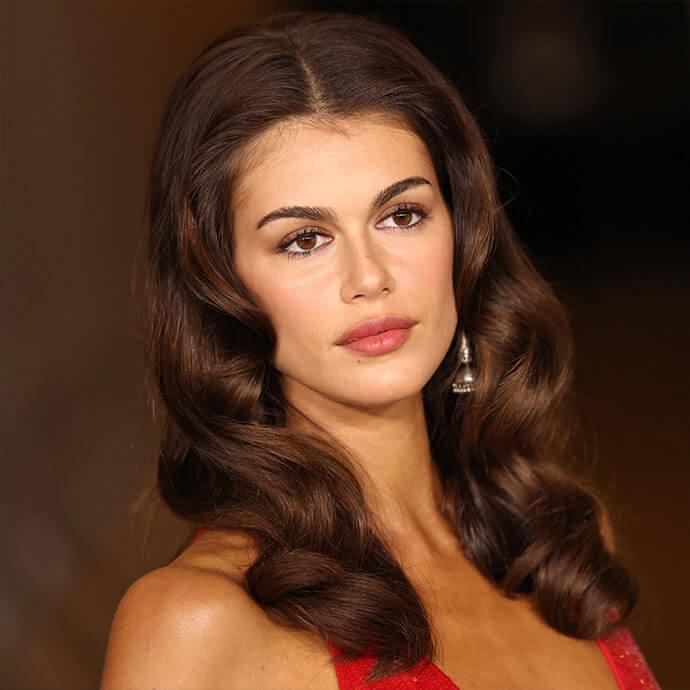
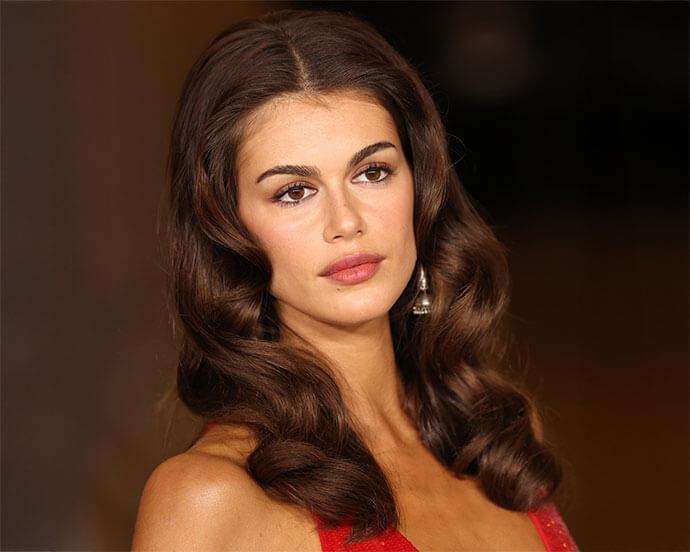
Hair
6 Hair Trends Set to Take Over in 2026, From Bixie Cuts to Bouncy Blowouts
Published on Dec 5, 2025 • 5 min read


Hair
21 Easy Hairstyles to Enhance Your Natural Curls and Coils
Published on Dec 3, 2025 • 11 min read


Hair
The Ultimate Guide to Styling Short Hair
Published on Dec 1, 2025 • 11 min read


Hair
From Bangs to Blonde: The Hair Trends Taking Over 2025
Published on Dec 16, 2024 • 5 min read


Hair
Scalp Exfoliation Is the Key to Healthier Hair—Here’s How to Do It Correctly
Published on Nov 21, 2025 • 9 min read


Hair
The 10 Best Hair Masks and Conditioners to Promote Hair Growth
Published on Mar 11, 2024


Hair
20 Trendy Hairstyles That’ll Make You the Life of the (Holiday) Party
Published on Oct 15, 2025 • 9 min read


Hair
Easy Thanksgiving Hairstyles to Look Polished While You Feast
Published on Oct 2, 2025 • 6 min read


Beauty Picked Just for You
Get 5 products worth up to $70
Plus exclusive access to epic deals up to 80% off
Starting at just $14/month. Cancel anytime.